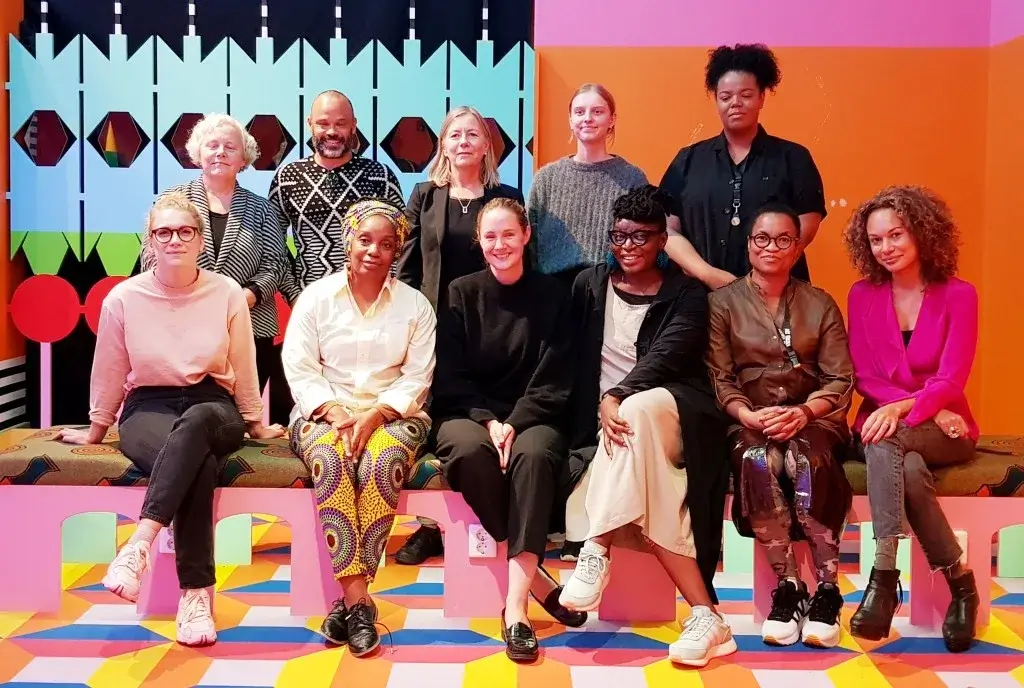
Image Courtesy of Lusaka Times
Across the globe, museums are springing up to display art dating back centuries. They exist to acquire, conserve, communicate and exhibit the tangible and intangible heritage of humanity. The Women’s History Museum of Zambia is no different. As indicated by its name, the Museum was set up to document and revive narratives of African history with a specific focus on women.
Quartz states its founders Samba Yonga and Mulenga Kapwepwe have been collecting artefacts since 2016 that will eventually form part of the permanent exhibition that will be housed on the second floor of the Lusaka National Museum. Currently, their digital archive contains 5,000 pieces of audio from the colonial and post-colonial period and quilts sewn in the 1940s that record the entry of Europeans into southern Zambia.

The Women’s History Museum states their mission as follows:
- To introduce new cultural and historical knowledge through demystifying, popularising and functionalising indigenous knowledge.
- To research, preserve and restore African indigenous knowledge and living histories focused on women.
- To set an agenda of how African history on women is learned, how it is consumed and functionalised.
In order to stay true to their mission, The Women’s History Museum and The National Museums of World Cultures in Sweden created a collaborative project entitled: Empowering Women’s Histories: Sharing Digital Heritage between Sweden and Zambia. The project is centered around cultural object repatriation through digital means and works to address the gap in cultural knowledge by providing and increasing accessibility to Zambian cultural objects which have over centuries found their way outside of their communities of origin and thus have been inaccessible to most. As an extension of this project, the Fabricated Stories Art Residency was conceptualised. The residency involved six Zambian artists interacting with Zambian historical and art objects housed in the Swedish Museum and (re)creating an array of cultural art works directly inspired by the object archive in Sweden.

In 2018, they collaborated with Wikimedia and Wikipedia on the WikiGap project, with the help of the Swedish government, to address the imbalance that only one out five articles on the user-driven reference site was written about a woman. They trained 40 writers to write these articles and tagged them “women in Zambia.” In an interview conducted by Contemporaryand, The co-founder Mulenga Kapwepwe says she faced new challenges. That Wikipedia ignores the women they don’t know about. So, in order to cross this bridge, Kapwepwe and her team are finding solutions to this apparent clash between African and western forms of provenance. They have created a women’s research and publishing collective that will publish articles about these histories in academic journals, which will in turn provide the references needed by the likes of Wikipedia. Now, when one searches “women in Zambia” on Wikipedia a list of captivating women comes up.

The Women’s History Museum has not only drawn the outside world to their space, but they also have successfully created an understanding for those who identify with the stories they present.


